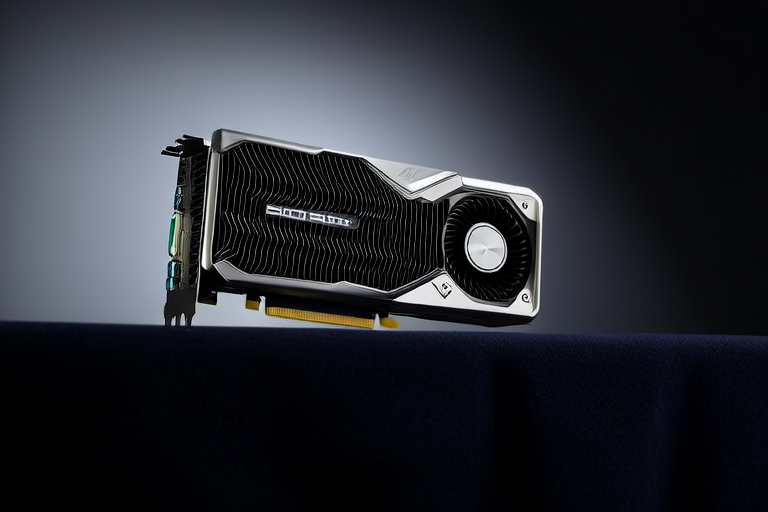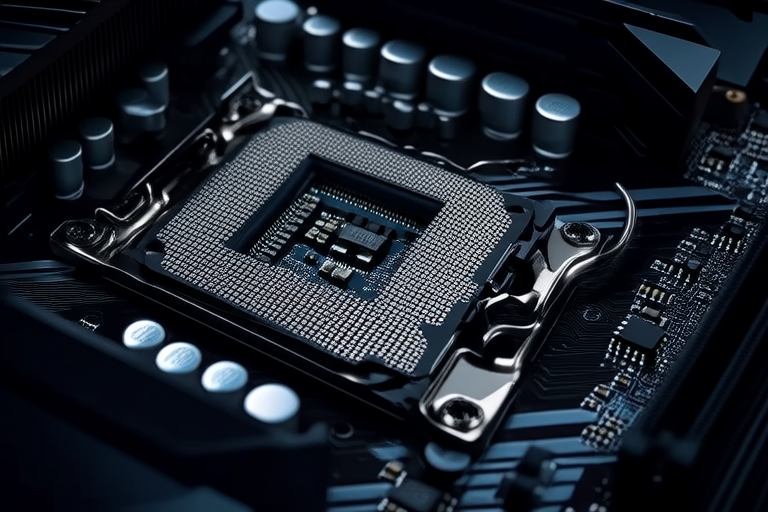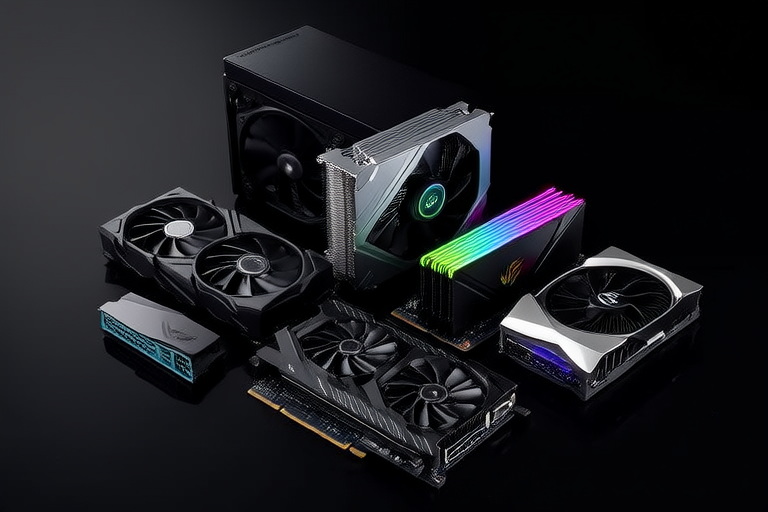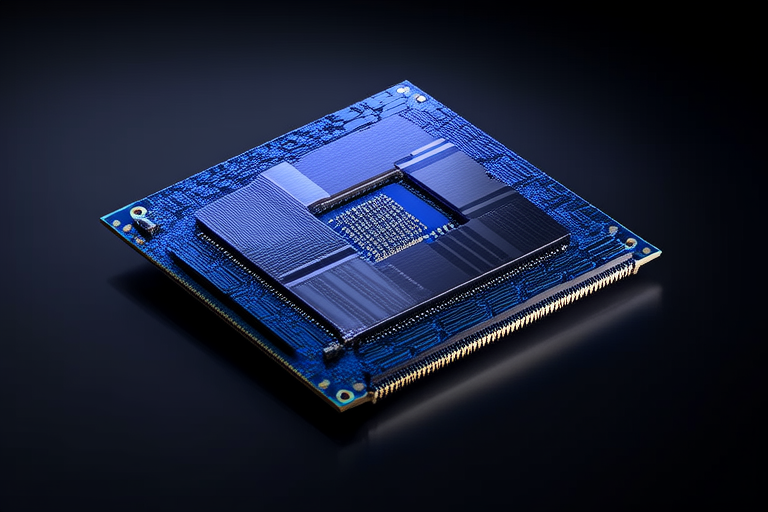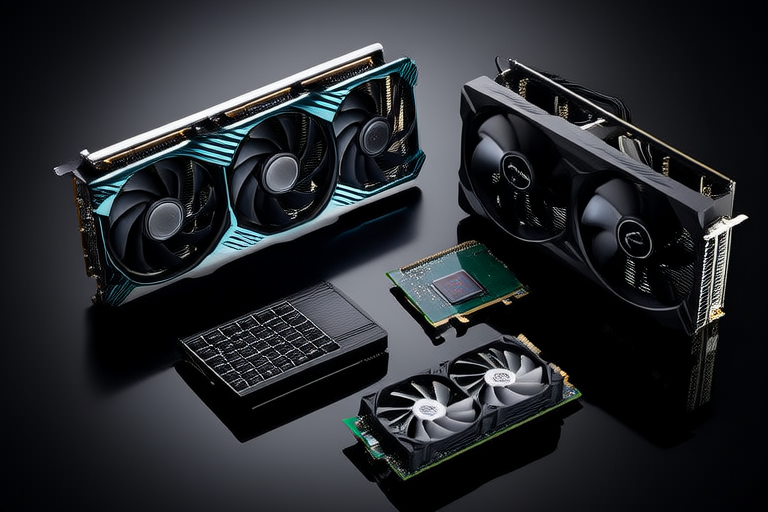“`html
Exploring Cutting-Edge GPU Technologies Redefining Graphics
Introduction
Graphics Processing Units (GPUs) have become an integral part of modern computing, playing a pivotal role in enhancing visual experiences across various domains. From gaming and entertainment to scientific research and artificial intelligence, GPUs are indispensable tools that enable the processing of complex graphical data at unprecedented speeds. The continuous evolution of GPU technology has not only improved the performance and efficiency of graphics rendering but also expanded its applications into new frontiers.
This article delves into the transformative impact of cutting-edge GPU technologies, exploring their historical development, current advancements, and future prospects. By examining how GPUs are redefining the landscape of graphics, we aim to provide readers with a comprehensive understanding of the technological innovations driving this revolution.
Evolution of GPUs
The journey of GPUs began in the early 1970s when computer scientists started experimenting with specialized hardware to accelerate the rendering of graphics. Initially, GPUs were simple coprocessors designed to handle basic tasks such as pixel manipulation. Over time, they evolved into sophisticated processors capable of executing millions of parallel computations per second.
Key milestones in the development of GPUs include the introduction of programmable shaders in the early 2000s, which allowed developers to create more dynamic and interactive visuals. The advent of unified shader architectures further enhanced the flexibility and power of GPUs, enabling them to perform both vertex and pixel shading operations simultaneously. More recently, advancements in deep learning have spurred the integration of tensor cores, optimizing GPUs for training and inference of neural networks.
Current State of GPU Technology
The latest generation of GPUs features highly optimized architectures that significantly enhance performance and energy efficiency. These advancements are driven by innovations in transistor design, memory management, and parallel processing capabilities. For instance, the adoption of advanced manufacturing processes like 7nm and 5nm lithography allows for the production of smaller, faster transistors, thereby increasing computational density without compromising power consumption.
One of the most notable improvements is the introduction of ray tracing, a technique that simulates the path of light rays to produce highly realistic images. This feature, supported by dedicated hardware units called RT cores, enables real-time rendering of complex lighting effects, shadows, and reflections, greatly enhancing the visual fidelity of games and movies. Additionally, the integration of AI accelerators, such as Tensor Cores, facilitates efficient execution of machine learning algorithms, expanding the scope of GPU applications beyond traditional graphics processing.
Applications of Advanced GPU Technologies
Gaming and Virtual Reality
In the realm of gaming, cutting-edge GPU technologies have revolutionized the user experience by delivering immersive and lifelike visuals. High-end GPUs support ultra-high resolution displays, variable refresh rates, and advanced anti-aliasing techniques, ensuring smooth gameplay even during intense action sequences. Moreover, the integration of ray tracing enables realistic lighting and shadow effects, making games more visually appealing and engaging.
Virtual reality (VR) is another area where GPUs play a crucial role. VR systems require powerful GPUs to render stereoscopic images at high frame rates, ensuring minimal latency and reducing motion sickness. Leading companies like NVIDIA and AMD continue to push the boundaries of VR technology, introducing features such as asynchronous space warping and foveated rendering to optimize performance and reduce power consumption.
Scientific Simulations
Advanced GPU technologies are also transforming scientific research by enabling faster and more accurate simulations. In fields such as physics, chemistry, and biology, GPUs are used to model complex systems, analyze large datasets, and perform real-time simulations. For example, climate scientists leverage GPUs to simulate atmospheric conditions and predict weather patterns with greater precision. Similarly, biologists utilize GPUs to model protein folding and drug interactions, accelerating drug discovery and development.
Machine Learning
The integration of AI accelerators in GPUs has made them essential components in the field of machine learning. GPUs excel at handling the massive amounts of data required for training deep neural networks, significantly reducing computation time and costs. Companies like Google, Microsoft, and Amazon rely on GPUs to power their cloud-based AI services, offering researchers and developers access to powerful computational resources. Furthermore, edge devices equipped with GPUs enable real-time inference, facilitating applications such as autonomous vehicles and smart cities.
Future Trends and Predictions
Looking ahead, several trends are expected to shape the future of GPU technology. One of the most promising developments is the convergence of AI and graphics processing, leading to the creation of hybrid architectures that seamlessly integrate general-purpose computing with specialized graphics processing. This will enable GPUs to handle a wider range of tasks, from image recognition and natural language processing to video transcoding and data analytics.
Another trend is the increasing focus on sustainability and energy efficiency. As data centers consume vast amounts of electricity, there is growing pressure to develop more energy-efficient GPUs. Innovations such as variable voltage scaling, adaptive clock speeds, and advanced cooling solutions will help reduce power consumption while maintaining high performance levels. Additionally, the rise of quantum computing may lead to the development of hybrid systems that combine classical and quantum processing, opening up new possibilities for solving complex problems.
Conclusion
In conclusion, GPUs have come a long way since their inception, evolving from simple coprocessors to powerful engines capable of driving innovation across multiple domains. The continuous advancements in GPU technology have not only improved the performance and efficiency of graphics rendering but also expanded its applications into new frontiers. As we look to the future, it is clear that GPUs will continue to play a transformative role in shaping the future of graphics, enabling new possibilities and pushing the boundaries of what is possible.
From gaming and virtual reality to scientific simulations and machine learning, the impact of GPU technologies is profound and far-reaching. By embracing these innovations, we can unlock new opportunities and create a world where visuals are not just a means of communication but a gateway to discovery and creativity.
“`
